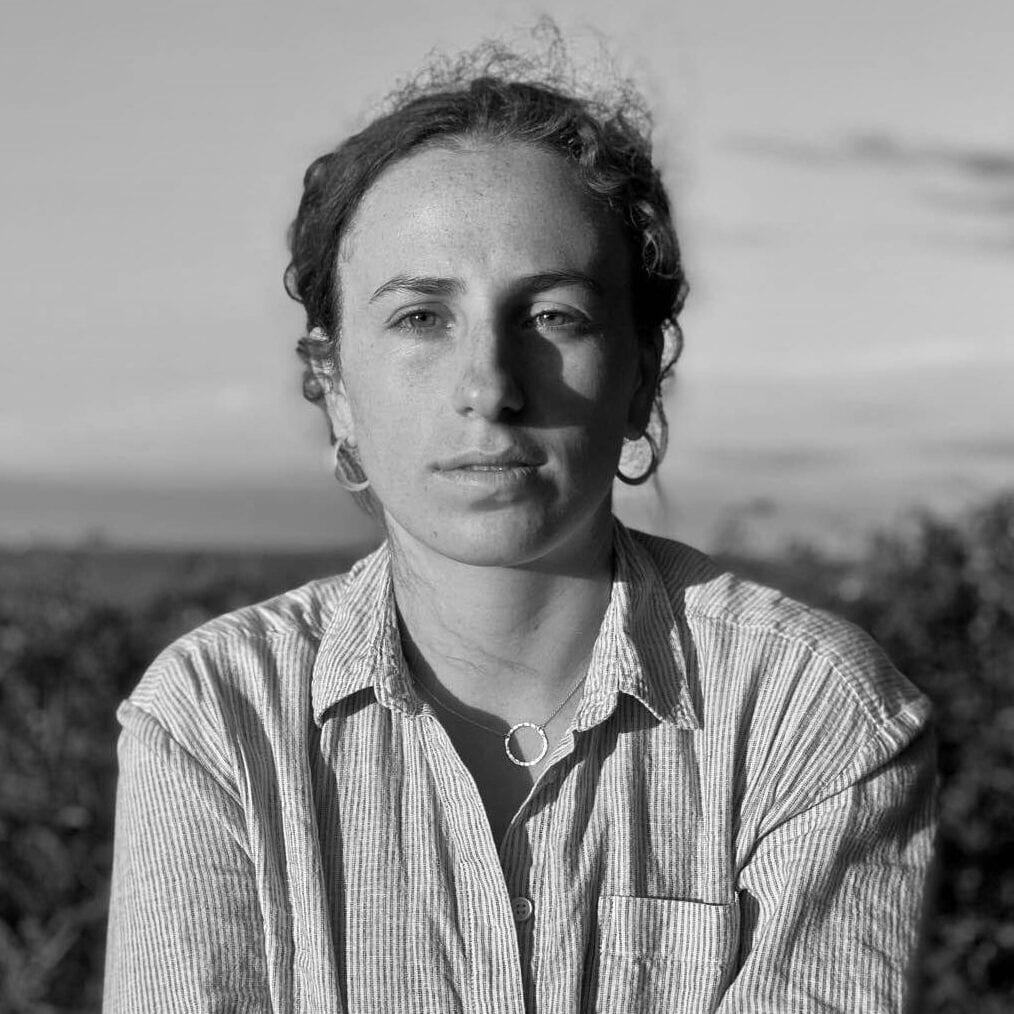The history of indigenous Palestine is a rich tapestry – pardon the pun – of peoples, cultures and religions spanning thousands of years, but it is a chronicle which rarely gets told. The Palestine History Tapestry seeks to remedy that by encouraging Palestinian women in the occupied territories and the diaspora to tell their story through traditional embroidery.
I caught up with the co-chair of the project, Jan Chalmers, to discuss how the tapestry started, its current state, and plans for the future.
Following a successful eight years spearheading a similar project, the Keiskamma History Tapestry in South Africa, Chalmers explains that she pivoted her focus towards Palestine after speaking with her husband Iain. “I was awakened to the fact that Palestinians have a story to tell and that women there do incredible embroidery.”
This realisation encouraged her to set up an embroidery project with the women of Palestine and help them “tell their story about the land, the people who live there and what they left behind.” Since the project’s launch in 2012, Palestinian embroiderers have produced 100 panels with historical images dating from 9000 BCE to the present day.
Chalmers points out that it is not an all-encompassing history. “It picks out certain images and periods of time. It has been a trio of people living in this land, the Jewish people, the Muslim people, and the Christian people, so [the tapestry] has picked out, hopefully, representation of all these people who have lived in the land and what has been left there.”
Most importantly, she adds, Palestinian women involved with the project retain control over which images are depicted in the tapestry, through a decision-making sub-group of the organisation’s committee. And even then, the embroiderers themselves can chose if they want to stitch the images chosen for them.
READ: Thousands to take part in week of action for Palestine
“There is a sub-group to the committee, mostly of Palestinian membership, and they choose the images that they think are suitable. They then go out to the coordinators in the various areas who will look at them and decide whether they have the people who would stitch them or can stitch them.” Some of the images have been put to one side because the women have chosen not to stitch them. “They made it clear: ‘Our stitches are to do beautiful things, not to do sad things.’ It’s on such recommendations that certain images have not been stitched.”
This method of decision making, Chalmers notes, has meant that the tapestry includes images requested by Palestinians involved with the project, such as musicians and specific incidents. Even with 100 panels on a wide range of topics to choose from, though, the project’s co-chair cannot be pressed on a favourite. Instead, she points out which images are popular.
“The one that people want to see and want to have repeats of is the [Bakr] boys on the beach, and this is taken from the photograph that was done by an Israeli photographer… in recognition of all children who suffer in the world.”
This panel, which can be seen in the attached video interview or on the Palestine History Tapestry website, depicts the shadows of four boys, all from one family, who were killed by an Israeli artillery shell while playing on a beach in Gaza. Chalmers describes it as sort of “a ghostly reminder of what happened on that day and the shadows on the sand of the boys playing, and the football and then the sea above. It is just a very emotional, very beautiful way of expressing sorrow for such a great loss.”
READ: Gaza photojournalists at the forefront of the coronavirus pandemic
Some of the most popular panels have been reproduced as limited-edition sale items or can be bought as prints. However, Chalmers adds that plans for the tapestry’s panels to become more readily available are a work in progress.
The project has a burgeoning set of volunteers who coordinate the embroidery in five key hubs of the Palestinian diaspora as well as within the occupied territories. “They get the women together, decide who is going to the stitching then negotiate how the women are going to be paid [and] what they are going to be paid. In total… there are a lot of people involved, an awful lot of people involved in keeping this project alive and well.”
Some of these include well-known patrons such as Professor Ilan Pappé, Jon Snow, Naomi Klein, Miriam Margolyes and Dr Salman Abu Sitta. However, despite a host of high-profile supporters, Jan Chalmers admits that she does not know where the tapestry’s final resting place will be, though she hopes the project will be exhibited in one piece. “At the moment,” she says, “we are trying to find a home for it… there are exhibitions in the pipeline, but this is the million-dollar question: what is going to happen to it?”
An exhibition of the 100 panels is planned in Edinburgh next year but, in the meantime, a timeline of the panels can be found on the Palestine History Tapestry’s website.
WATCH: The Palestinian History Tapestry exhibited in full at Palestine Expo 2019








